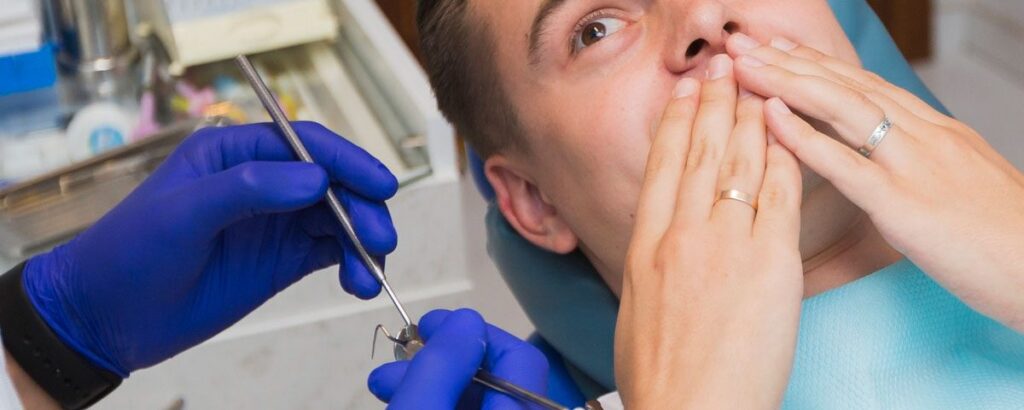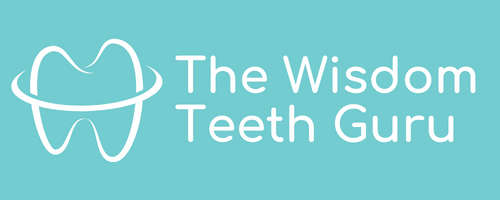
After a tooth extraction, following proper aftercare helps prevent infection and speeds up the healing process. Your dentist or oral surgeon will guide you through recovery, but what you do at home matters just as much. Knowing what to do and what to avoid can make the difference between a smooth recovery and painful complications, such as dry socket or infection. The first 24 to 48 hours after tooth extraction are especially critical, as this is when the blood clot forms and your body begins the healing process.
Preparing for a Tooth Extraction
Before your dental procedure, your dentist will provide you with specific pre-extraction instructions to ensure the process goes smoothly. These may include:
- Fasting for several hours if anesthesia or sedation will be used.
- Inform your dentist about any medications, allergies, or medical conditions you may have.
- Arranging for someone to drive you home after the procedure.
Wearing comfortable clothing and maintaining good oral hygiene before the appointment also helps. Following these steps allows your dentist to perform the extraction efficiently and reduces the likelihood of complications.
What to Do and What to Avoid After Tooth Extraction
After a tooth extraction, rest and gentle care are key. Keep your head elevated, apply ice packs to reduce swelling, take prescribed pain medication as directed, and eat soft foods. Avoid smoking, using a straw, rinsing, spitting, or doing strenuous activity during the first 24–48 hours; these actions can dislodge the protective blood clot and delay healing.
✅ Do’s
- Rest: Take it easy for the first 24–48 hours. Avoid bending, heavy lifting, or intense exercise, as these activities can increase blood pressure and the risk of bleeding.
- Elevate Your Head: Sleep with your head propped up on a pillow to help minimize swelling.
- Use Ice Packs: Apply an ice pack to the outside of your cheek in 10-minute intervals to control pain and inflammation.
- Take Medication as Prescribed: Follow your dentist’s directions for pain relievers or antibiotics. Avoid aspirin, as it can increase the risk of bleeding.
- Eat Soft Foods: Opt for gentle foods like yogurt, soup, mashed vegetables, and scrambled eggs. Avoid chewing on the side of the extraction site.
- Keep the Area Clean: After 24 hours, gently rinse your mouth with warm salt water several times a day, especially after meals.
- Control Bleeding: If bleeding continues, place a clean, rolled-up gauze pad on the extraction site and bite down for about 10 minutes.
❌ Don’ts
- Do Not Use a Straw: The suction can dislodge the clot, leading to a dry socket.
- Do Not Smoke: Smoking restricts blood flow and delays healing. Refrain from smoking for at least 48 hours.
- Do Not Rinse or Spit Vigorously: Avoid forceful rinsing or spitting for the first 24 hours. When you begin rinsing, do so gently.
- Do Not Consume Hot or Carbonated Drinks: These can irritate the area and interfere with clot formation.
- Do Not Touch the Site: Keep your tongue and fingers away from the wound.
- Do Not Eat Hard or Chewy Foods: These can get trapped in the socket and cause irritation or infection.
Following these guidelines ensures the clot remains intact, allowing new tissue to form properly and reducing the risk of complications.
Managing Pain and Swelling
Some swelling and discomfort are normal after a tooth extraction. To manage these symptoms effectively:
- Apply Ice: Use a cold compress on the outside of your cheek for 10–15 minutes at a time.
- Take Pain Medication as Directed: Follow your dentist’s prescription schedule carefully.
- Rest and Stay Hydrated: Avoid overexertion and drink plenty of water.
- Sleep With Your Head Elevated: This helps minimize facial swelling.
If swelling or pain worsens after two days or fails to improve, please contact your dentist for an assessment. Quick communication helps prevent further complications.
What to Eat After Tooth Extraction
Nutrition plays an essential role in recovery. Eating the right foods supports tissue repair and reduces irritation around the surgical site.
- Soft Foods Only: Stick to foods like smoothies, pudding, oatmeal, or mashed potatoes.
- Avoid Hard or Spicy Foods: These can irritate the healing area and cause pain.
- Skip Hot Beverages: Let drinks cool to room temperature before consumption.
Maintaining a balanced, gentle diet helps aid healing and helps you regain comfort more quickly
Activities to Avoid During Recovery
For the first 24–48 hours after surgery, avoid engaging in intense activities, such as running, heavy lifting, or strenuous workouts. Physical exertion increases blood flow to the gums and can dislodge the clot. Gentle walking or light household movement is acceptable. Adequate rest helps your body heal efficiently and reduces swelling.
Signs of Complications
Watch for these symptoms, which may signal a complication:
- Excessive or Persistent Bleeding: Bleeding that doesn’t slow down after several hours may require medical attention.
- Severe Pain or Dry Socket: Intense pain radiating from the extraction site may indicate a disrupted clot.
- Increased Swelling or Fever: These may suggest infection.
If any of these occur, contact your dentist immediately for follow-up care. Early treatment prevents worsening conditions and ensures a safer recovery.
Proper aftercare following a tooth extraction promotes faster healing, less pain, and fewer complications. Rest, gentle cleaning, a soft diet, and careful monitoring all contribute to a smooth recovery. Patients often find that clear instructions and attentive follow-up from their dental provider make the process much more comfortable and stress-free.
Contact Us
Have questions or ready to book your appointment? We’re here for you!
- 📍 Visit us at: 16052 Beach Blvd #120B, Huntington Beach, CA 92647
- 📞 Give us a call: (714)-542-8888
- ✉️ Email us: TheWisdomTeethGuru@gmail.com
- 🕘 Office hours: Monday to Friday 9:00 AM–5:00 PM; Saturday 9:00 AM–1:00 PM; Sundays closed.
Prefer online? Fill out our appointment form with your name, contact details, and the reason for your visit. We’ll get back to you promptly.
We look forward to helping you smile with confidence!
Related Topics:

